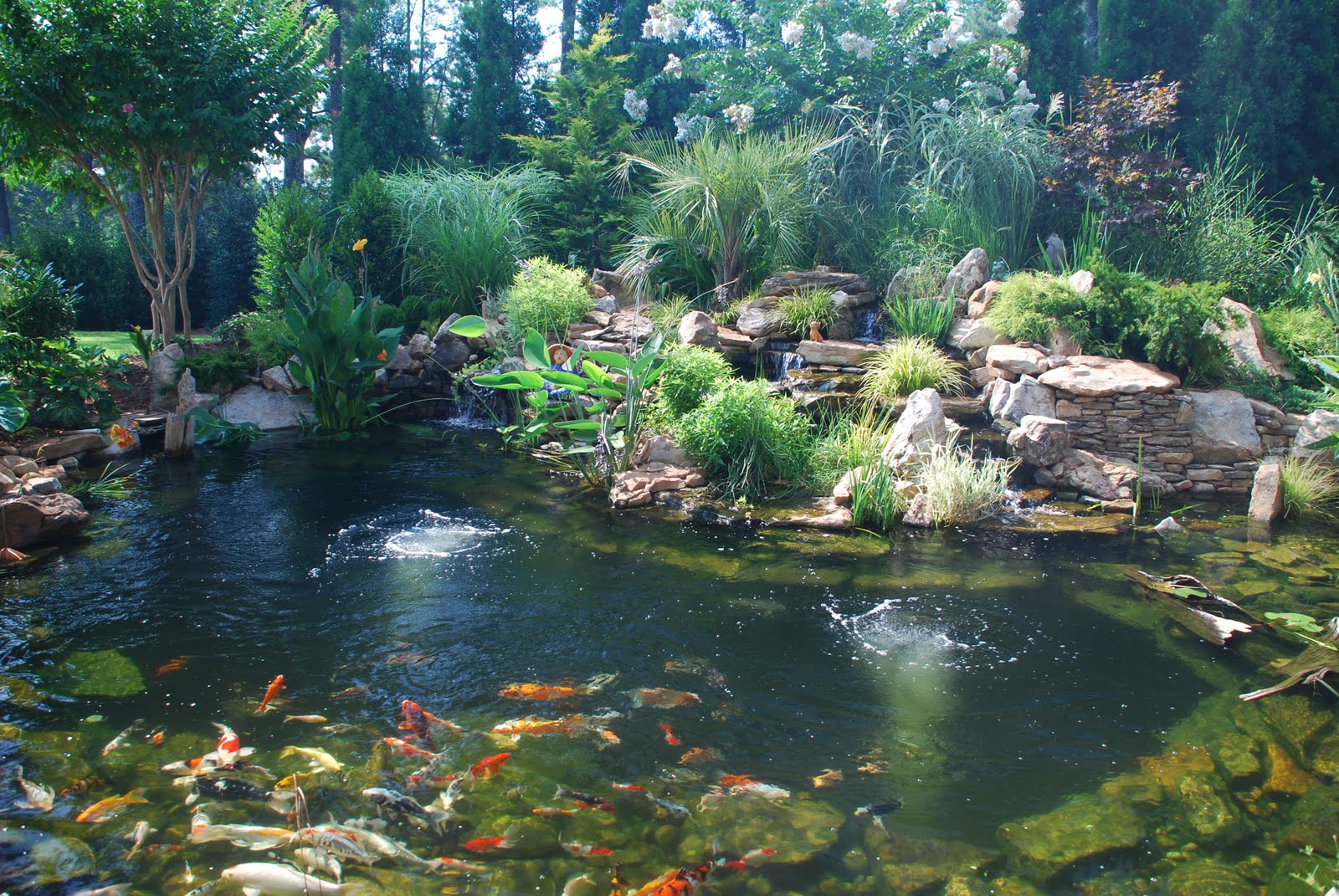
Koi Pond Depth: How Deep Should Your Koi Pond Be for Optimal Health?
Introduction: Koi Ponds and Fish Health
Koi ponds are a beautiful addition to any backyard, providing a natural habitat for fish and aquatic plants. A well-designed koi pond can turn your outdoor space into a peaceful oasis.
However, before you dive into building your own koi pond, it’s important to understand the basics of pond design and maintenance. One of the most critical factors for the health of your koi fish is the depth of your pond. In this article, we’ll explore the optimal koi pond depth and how to determine the right depth for your specific pond.
Why is Koi Pond Depth Important?
Koi fish are a coldwater species native to East Asia. They require stable water temperatures to thrive, ideally between 65°F and 75°F. This means that your koi pond must be deep enough to provide adequate insulation against extreme outside temperatures. Insufficient depth can lead to temperature fluctuations in the water, which can be harmful or even fatal to your fish.
Other factors that can affect pond temperature include sunlight exposure, wind, and air temperature. Your koi pond depth should also take these into account.
How Deep Should a Koi Pond Be?
There’s no one-size-fits-all answer to this question, as the ideal koi pond depth will depend on factors such as your geographical location and the size of your pond. However, a general rule of thumb is that your koi pond should be at least 3 feet deep.
This depth will provide adequate insulation against temperature fluctuations, as well as enough room for your fish to swim and thrive. In colder climates, you may need a deeper koi pond to prevent the water from freezing over completely.
If you plan to add aquatic plants to your koi pond, keep in mind that plants also prefer a certain depth range. Most water lilies, for example, require a pond depth of at least 18 inches, while some marginals can thrive in as little as 6 inches of water.
Calculating Koi Pond Depth
To determine the right koi pond depth for your specific setup, consider the following factors:
- Geographical location: Cooler climates will require deeper ponds, while warmer climates may be able to support shallower ponds.
- Size and shape of your pond: Larger ponds may require more depth to maintain proper temperature and water volume.
- Aquatic plants: If you plan to add plants to your pond, research their individual depth requirements.
- Fish population: The number and size of your koi fish will also affect your pond depth needs.
- Other factors: Consider factors such as sunlight exposure, wind exposure, and air temperature when deciding on koi pond depth.
Other Considerations for Koi Pond Design
In addition to pond depth, there are several other factors to consider when designing your koi pond for optimal health and enjoyment:
- Filtration: Adequate filtration is essential to maintain water quality and prevent harmful bacteria and algae growth.
- Water flow: Koi fish prefer a gentle water flow, which can be achieved through the use of pumps and waterfalls.
- Aeration: Aeration helps maintain healthy water quality by increasing the amount of oxygen in the water.
- Shelter: Koi fish require shelter from predators and direct sunlight. This can be provided through the use of plants, rocks, and other pond features.
- Maintenance: Regular maintenance, such as water changes and filter cleaning, is essential to keep your koi pond healthy and enjoyable.
Conclusion
In conclusion, the depth of your koi pond is a critical factor in the health and wellbeing of your fish. By following the guidelines outlined in this article and considering the specific needs of your pond setup, you can create an ideal environment for your koi fish to thrive.






